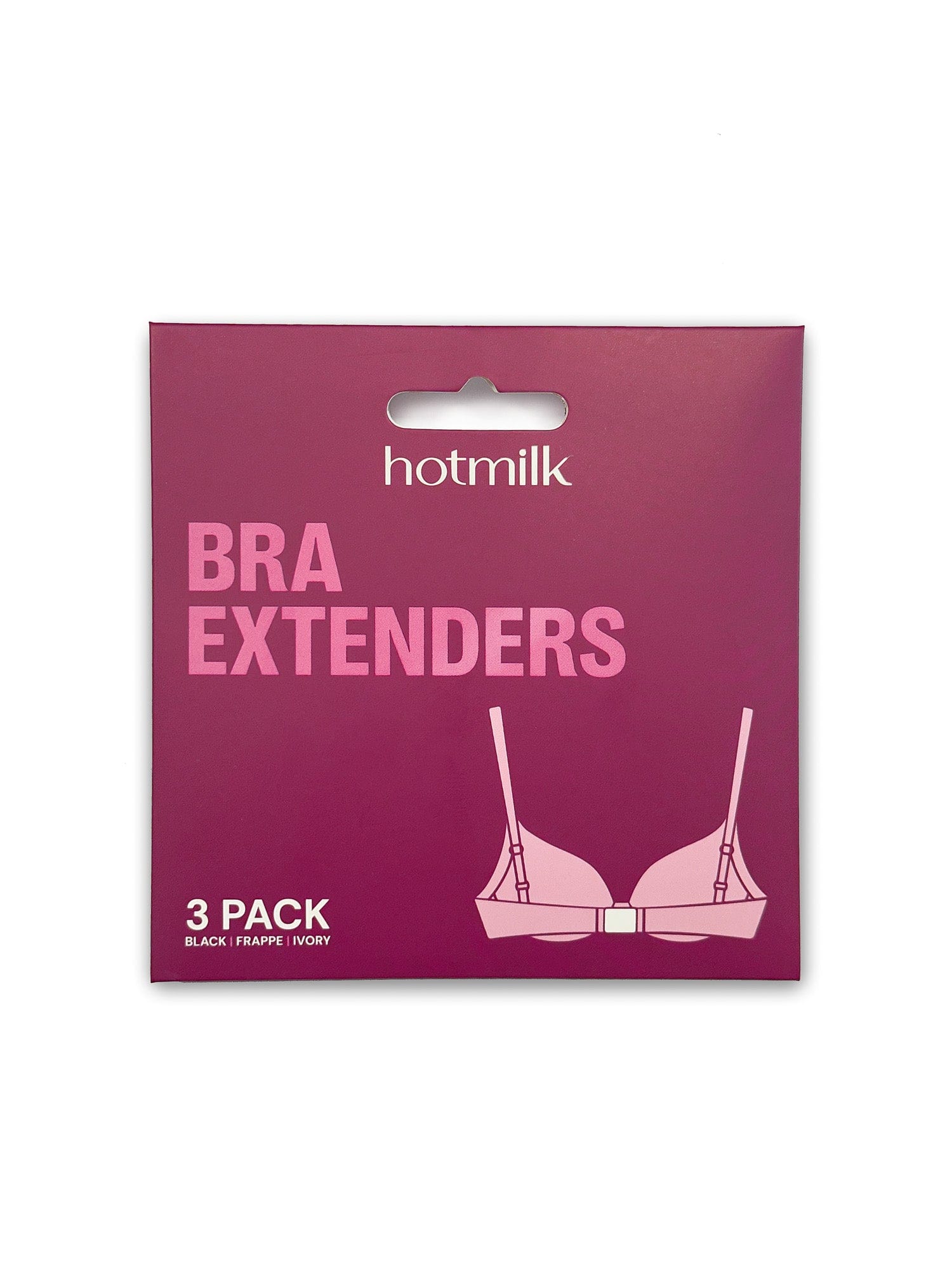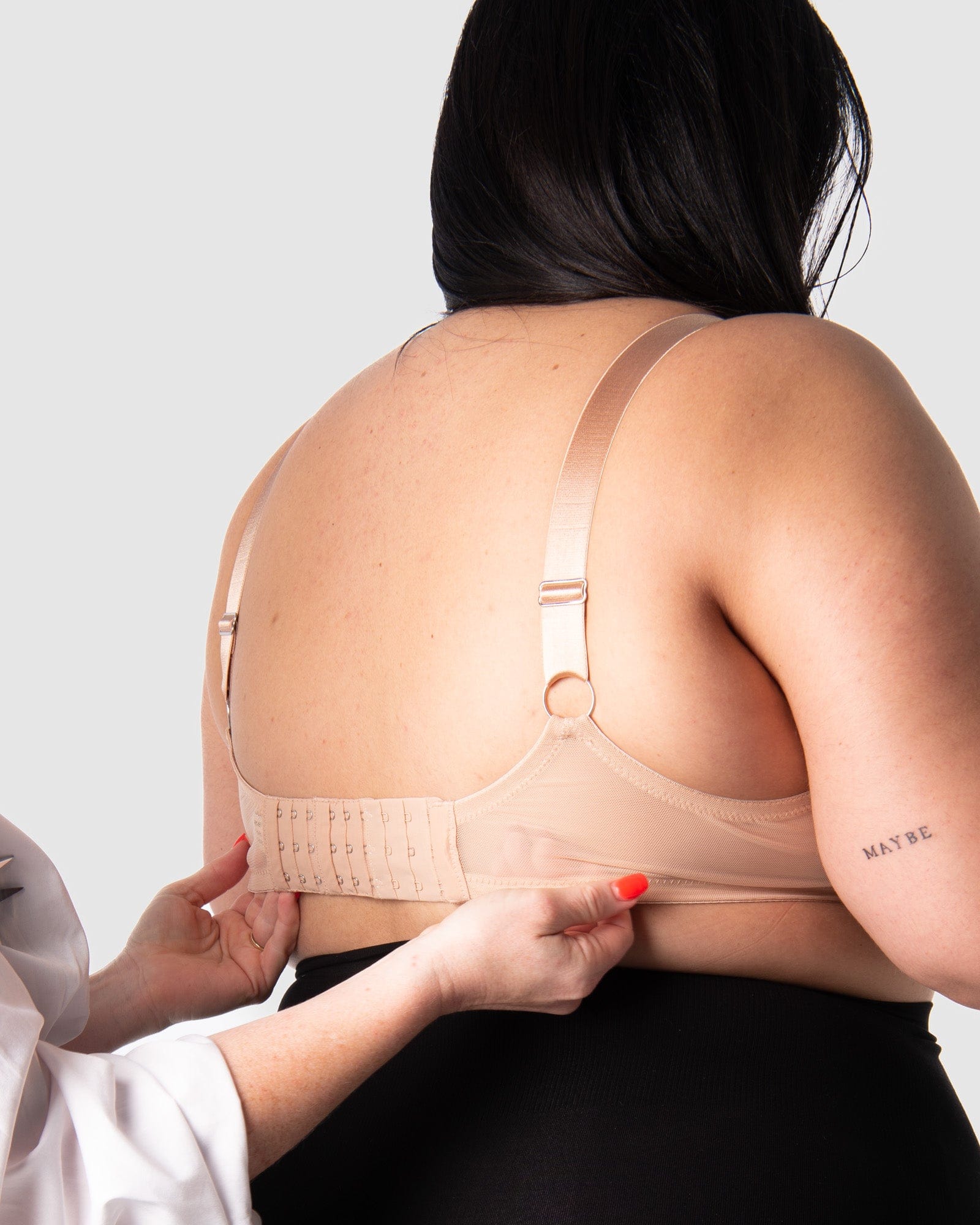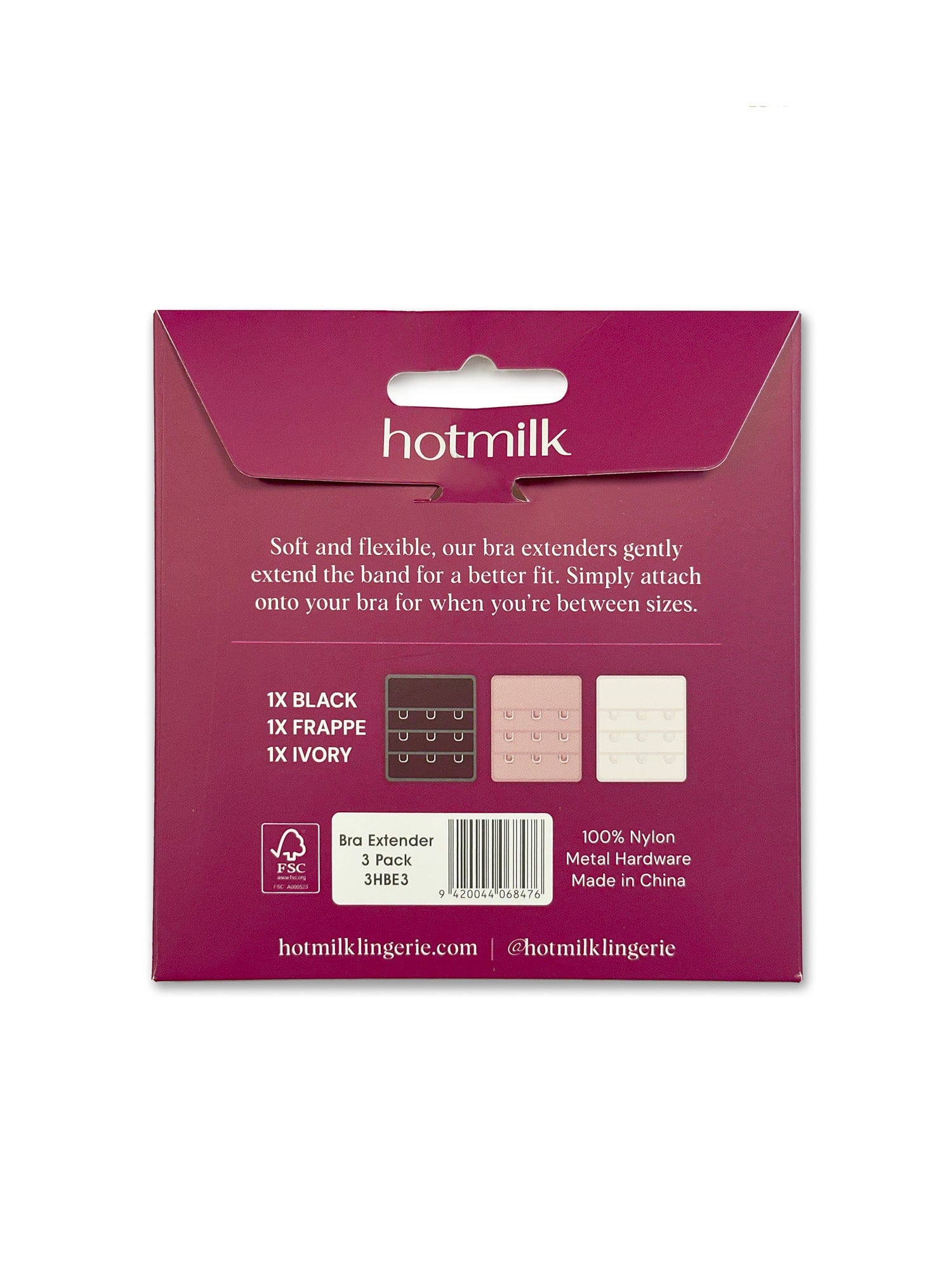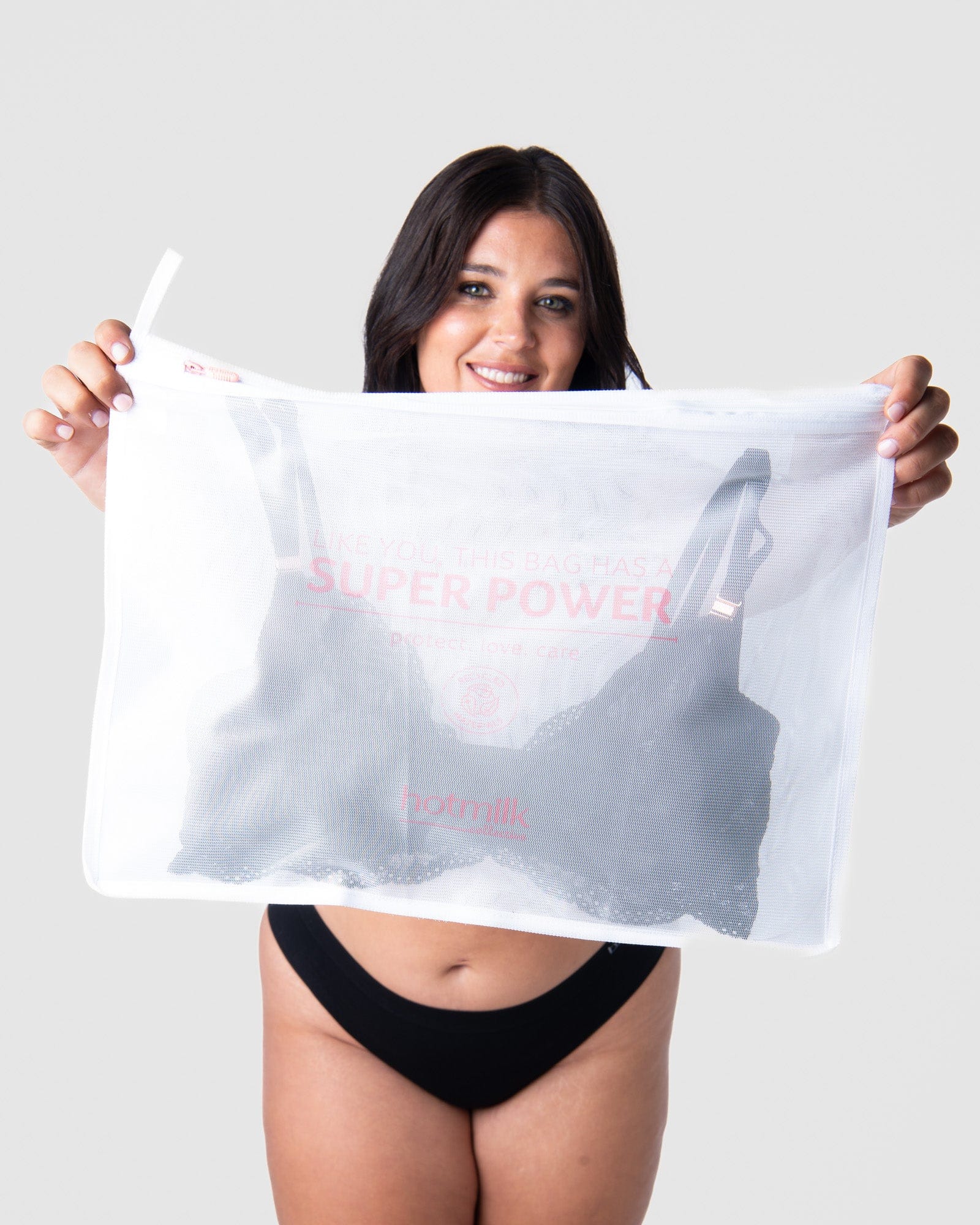Welcome to our Ultimate Breastfeeding Guide! As a new mum, we know that breastfeeding can seem a bit daunting. But don't worry; we're here to help. This guide is packed with tips, tricks, and advice to help make your breastfeeding journey as smooth as possible. We'll dive into everything - from choosing the right maternity bra, to understanding feeding times and everything in-between. So, whether you're a first-time mum or a seasoned pro, let's navigate this beautiful journey together. Stick with us, and you'll be a breastfeeding superstar before you know it!

Breastfeeding is a wonderful journey that offers myriad benefits for both you and your baby. Firstly, breast milk is a nutritional powerhouse, loaded with all the essential vitamins and minerals your baby needs for optimal growth and development. The composition of breast milk adjusts over time to meet your baby's changing needs - a perfect blend of nature and nurture.
Secondly, breastfeeding aids in creating a strong emotional bond between mother and child. The skin-to-skin contact encourages a sense of security and love, nurturing your baby's emotional wellbeing.
In addition, breastfeeding aids in postpartum recovery, and can reduce the risk of certain health issues like breast and ovarian cancer. Remember, while breastfeeding is beneficial, every mother's journey is unique. What matters most is that both you and your baby are happy and healthy. We urge you to be kind to yourself during all stages of motherhood, especially breastfeeding.
We will start at the very beginning and work our way through the breastfeeding journey. Remember every mothers journey is different and this is just a guide.
Colostrum collection
Now, let's talk about colostrum, often referred to as 'liquid gold.' Colostrum is the first milk your breasts produce during pregnancy and just after birth. It's thick, yellow, and supercharged with antibodies, protein, and beneficial compounds that help protect your newborn from infections. Colostrum also acts as a laxative to help your baby pass their first stools, which aids in eliminating excess bilirubin and helps prevent jaundice. Collecting colostrum isn't something every mother will need to do. However, it may be recommended if your baby is at risk of having low blood sugars or if you have diabetes, as it can help regulate your baby's sugar levels after birth. It's always a good idea to discuss this with your healthcare provider. Remember, every drop of colostrum your baby gets is gold! Make sure you talk to your healthcare provider before getting started.
When your milk comes in
Typically, about two to five days after birth, you'll start to notice a significant increase in your breast milk production - this is commonly referred to as your milk "coming in". This transition from colostrum to mature milk involves changes in the volume, appearance, and composition of your milk, which becomes thinner, lighter in colour, and more copious.
During this time, your breasts may feel fuller, heavier, and even somewhat uncomfortable due to the increased milk production and blood flow, along with some swelling or inflammation. Don't worry, this is all part of the natural process as your body adjusts to feeding your baby.
However, it's important to note that not all mothers experience these changes in the same way or at the exact same time. For some, the transition might be gradual and barely noticeable, while for others, it can be quite pronounced. Some mums may even face challenges with low milk supply or delayed onset of lactation due to a variety of factors such as stress, medical conditions, or certain medications.
If you're concerned about your milk supply or if your milk hasn't started to come in within a few days of giving birth, it's important to reach out to a lactation consultant or your healthcare provider. They can provide guidance and can often suggest strategies to stimulate milk production.
Remember, breastfeeding is a journey and every mother's experience is unique. Patience and persistence go a long way. Be kind to yourself, stay hydrated, eat a healthy diet, and most importantly, maintain a comfortable and relaxed environment for both you and your baby. Consider investing in a good quality maternity bra and breastfeeding sleepwear to enhance your comfort during this time.
During this time we suggest wearing a multifit, wirefree bra with some stretch. My Necessity Bra or Cami, Caress Bamboo, Dream Nightie and Serenity are all great options.
Establishing feeding

Establishing a feeding routine for a breastfed baby forms an essential part of the breastfeeding journey. It helps structure your day and ensures your baby is getting the necessary nutrients for growth and development. In the early weeks, newborns often feed about 8 to 12 times in 24 hours. That's roughly once every 2 to 3 hours, day and night.
As your baby grows and their stomach expands, they can take in more milk at each feeding, allowing for longer stretches between meals. By the time your baby reaches 1 to 2 months of age, they may be feeding 7 to 9 times a day. Remember, these are just averages. Some babies, especially during growth spurts, might want to feed more often.
Listen to your baby’s cues. If they seem hungry more often than usual, don't hesitate to feed them. It's also okay if your baby's feeding routine doesn't match the 'average'. What's important is that your baby is gaining weight appropriately, seems satisfied after feeding, and is producing enough wet and dirty diapers.
In addition to the convenience factor, a good quality maternity bra and breastfeeding sleepwear will also make it easier to feed your baby whenever needed without causing any discomfort to you. Once your milk has come in and feeding is established you can look at reintroduce flexible underwire bras to your lingerie rotation. If your size is still fluctuating stick with a multifit option until you are confident with your size.
Breastfeeding a two to four month old
As your baby enters the 2 to 4 month phase, a few changes in the breastfeeding routine may be observed. Your baby may start feeding less frequently, typically around six to eight times per day. At this stage, your baby is likely to be more efficient at feeding, and they might complete a feeding session in just 10 to 15 minutes on average.
This is also a great time to invest in new breastfeeding bras. Your milk supply and size should have settled making it easier to pick a style and size. Explore our range of Nursing Bras.
Breastfeeding a four to five month old
Around the age of 4 to 5 months, you may notice that your breastfed baby becomes more easily distracted during feedings. This is because they are beginning to become more aware of their surroundings. The smallest noises, lights, or movements can catch their attention, making it difficult to maintain a successful feeding session.
To combat this, consider nursing in a quiet, dimly lit room to minimize distractions. You might also try using a nursing cover if you're out in public. If your baby continually pulls off during nursing, take a break and try again when they are more settled. Remember, patience is key during these distracted times.
Breastfeeding six months and beyond

At around six months of age, your baby's feeding routine may change notably as you introduce solid foods. This is a significant milestone in your baby's dietary journey that can certainly affect breastfeeding patterns. Your baby might begin to nurse less frequently as they start to explore different tastes and textures, but breast milk still remains an essential part of their diet.
During this transition, it's not unusual for some babies to show a temporary disinterest in breastfeeding, as they might get more excited about trying new foods. However, this doesn't mean they're ready to wean off breast milk. It's recommended to continue breastfeeding along with solid foods as long as both mother and baby are comfortable.
Tips for Breastfeeding in public

Breastfeeding in public can feel daunting at first, but a little confidence goes a long way. Remember, breastfeeding is a natural, beautiful activity that nurtures your baby. To start, choose a comfortable and supportive breastfeeding bra and breastfeeding sleepwear that offer easy access and support while feeding. The right maternity gear can make a world of difference when you are out and about with your baby.
Consider using a nursing cover if it makes you more comfortable. However, it's essential to know that you have every right to feed your baby wherever and whenever they're hungry. Practice makes perfect, so try nursing in front of a mirror, or in front of trusted family and friends to get used to the idea.
In conclusion we obviously love breastfeeding, but we understand that it isn't straightforward and when it comes down to it, feed it best. You do what is best for you and your baby.
You’ve got this mama!


















